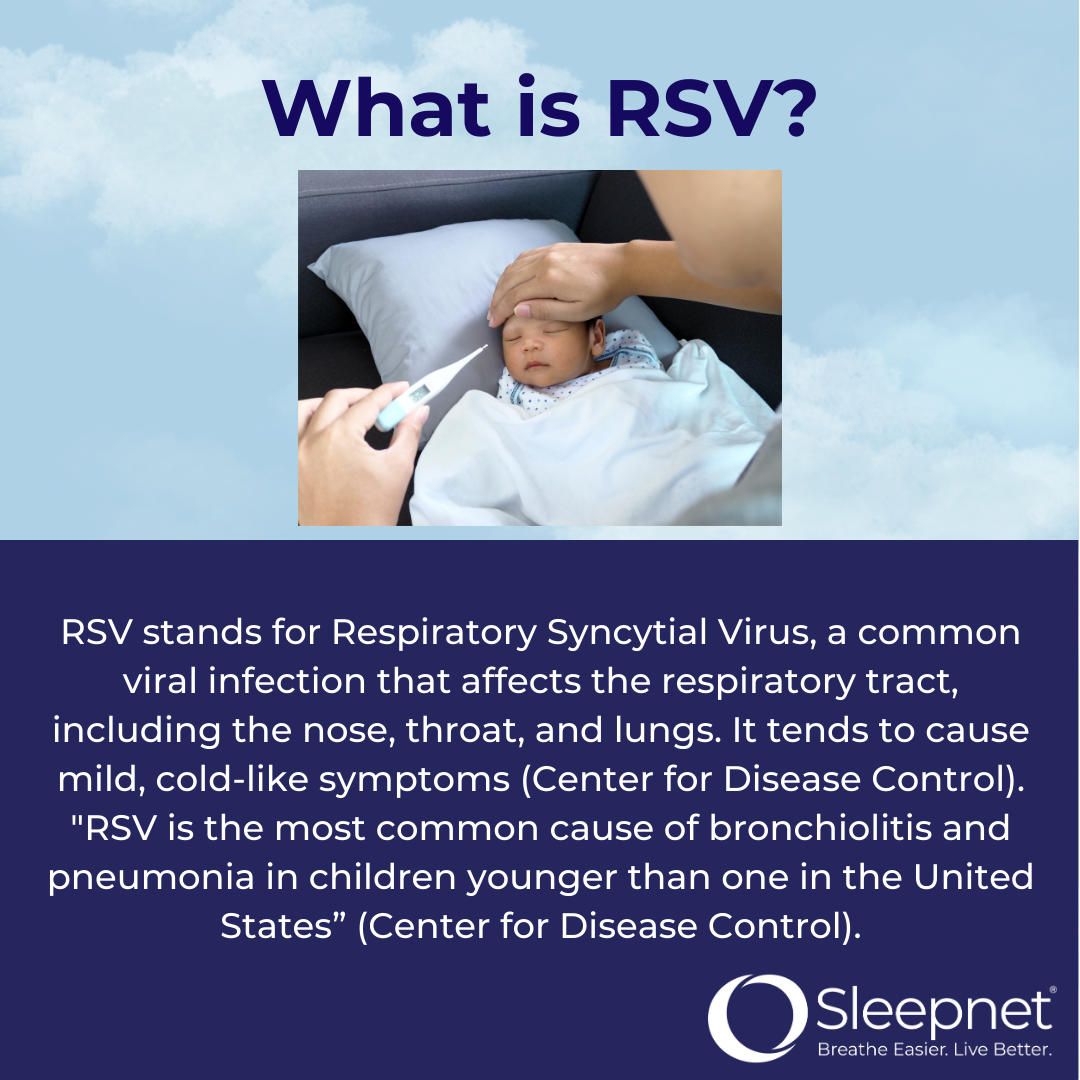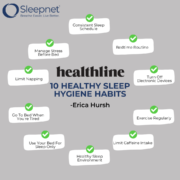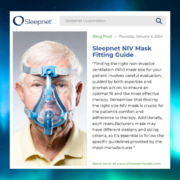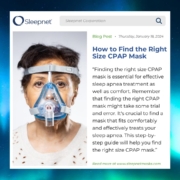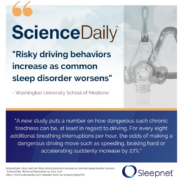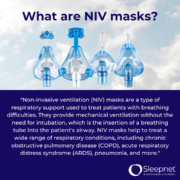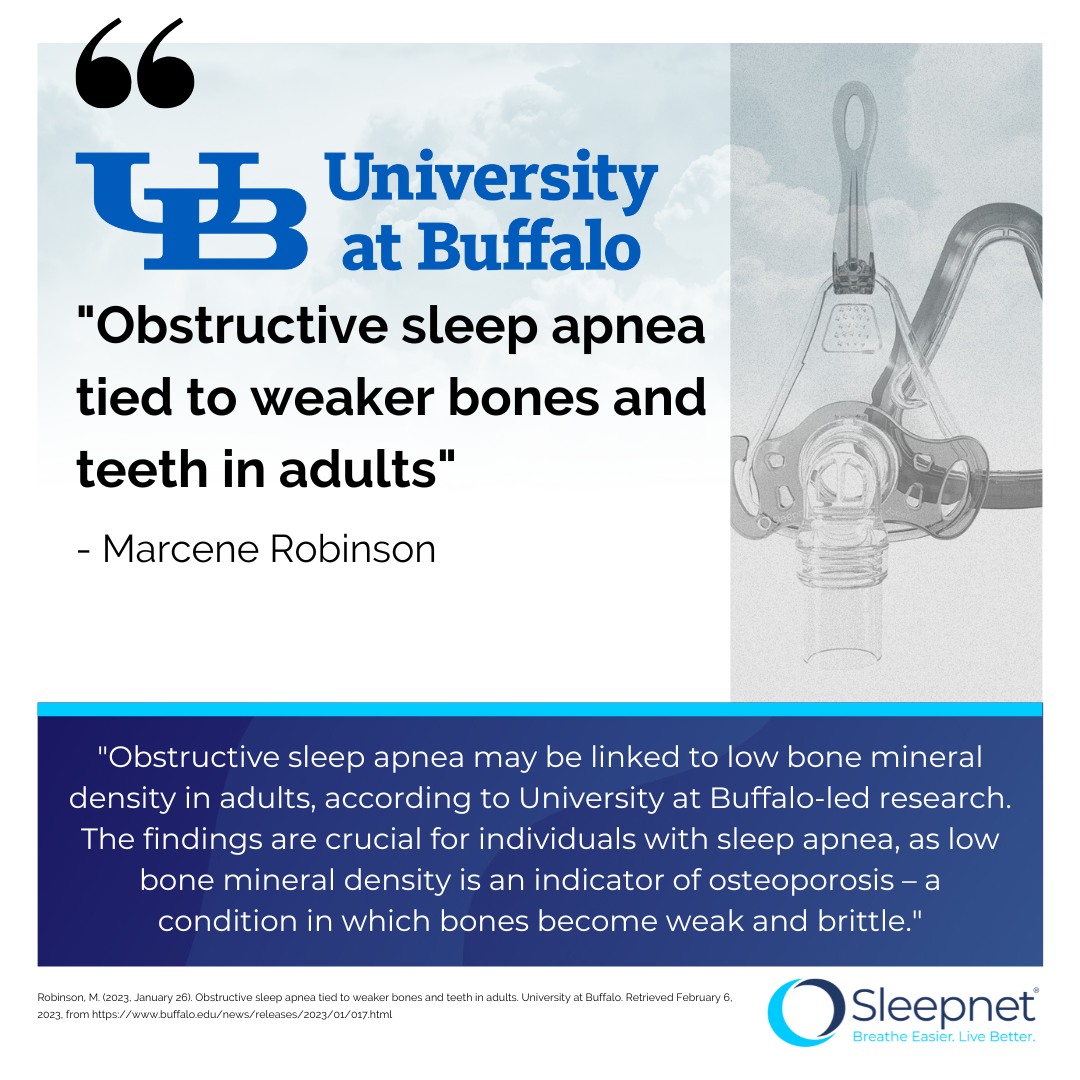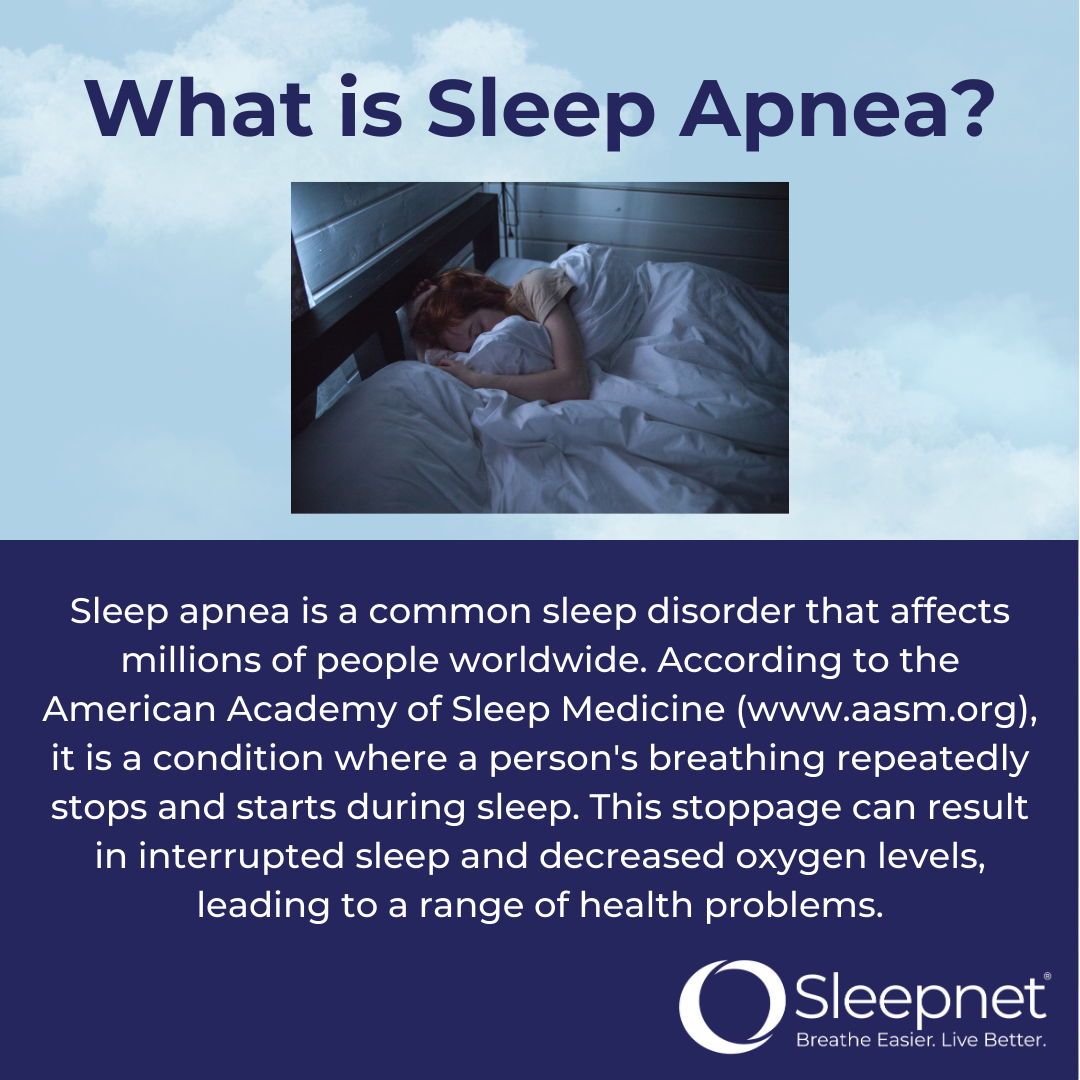What is RSV?
What is RSV?
By: Skylar Carr

Photo by Milos Dimic on Getty Images
This article delves into Respiratory Syncytial Virus (RSV), its symptoms, risks, and treatment options.
RSV stands for Respiratory Syncytial Virus, a common viral infection that affects the respiratory tract, including the nose, throat, and lungs. It tends to cause mild, cold-like symptoms (Center for Disease Control. www.cdc.gov. Accessed 3/15/2023). “RSV is the most common cause of bronchiolitis and pneumonia in children younger than one in the United States” (Center for Disease Control. “Respiratory Syncytial Virus Infection (RSV).” www.cdc.gov. Accessed 3/15/2023).
RSV primarily spreads through respiratory droplets from an infected person’s cough or sneezing. However, it can also be contracted by touching contaminated surfaces and one’s face. It is easily spread in crowded schools, daycare facilities, and nursing homes. Symptoms can range from mild to severe and may last up to two weeks (Center for Disease Control. www.cdc.gov. Accessed 3/15/2023).
What are the symptoms of RSV?
In adults and older children, RSV usually causes mild cold-like signs and symptoms. Signs and symptoms of RSV most commonly appear about four to six days after exposure to the virus. (Mayo Clinic. “Respiratory Syncytial Virus (RSV).” www.mayoclinic.org. Accessed 3/15/2023). These may include:
- Congested or runny nose
- Dry cough
- Low-grade fever
- Sore throat
- Sneezing
- Headache
According to Mayo Clinic, in severe cases, signs and symptoms may include:
- Fever
- Severe cough
- Wheezing
- Rapid breathing or difficulty breathing
- Bluish color of the skin due to lack of oxygen
- Unusual tiredness
Diagnosing RSV
Diagnosing RSV can be challenging as its symptoms are like the common cold. Therefore, testing usually is not required to diagnose the infection. However, according to the American Lung Association, “Doctors may suspect RSV based on a patient’s medical history, time of year, and physical exam. In this case, they may want to run lab tests to confirm the diagnosis. The most common is a mouth swab or a blood test to check white blood cell counts and look for viruses. In severe cases, additional testing, such as chest x-rays and CT scans, may be necessary” (American Lung Association. “Respiratory Syncytial Virus (RSV).” lung.org. Accessed 3/15/2023).
Who suffers from RSV?
RSV can affect people of all ages but is most common in infants and young children, especially those under two (Healthline. www.healthline.com. Accessed 3/15/2023). According to the Center for Disease Control, “In the United States, 58,000-80,000 children younger than five years old are hospitalized due to RSV infection. RSV can cause severe lower respiratory tract infections such as bronchiolitis and pneumonia in young children and babies” (Center for Disease Control. “Respiratory Syncytial Virus Infection (RSV).” www.cdc.gov. Accessed 3/15/2023). “Premature babies are at a higher risk of complications from RSV. Severe RSV can be unpredictable and is the leading cause of infant hospitalization” (American Lung Association. “Respiratory Syncytial Virus (RSV).” www.lung.org. Accessed 3/15/2023).
“People with weakened immune systems, such as older adults, are also at higher risk of severe illness from RSV. Adults with RSV typically have mild cold-like symptoms. However, some adults may develop a lung infection or pneumonia. Older adults are at greater risk than young adults for severe complications from RSV because our immune systems weaken as we age” (Center for Disease Control. “Respiratory Syncytial Virus Infection (RSV).” www.cdc.gov. Accessed 3/15/2023).
Massachusetts General Hospital for Children (Massachusetts General Hospital. www.massgeneral.org. Accessed 3/16/2023) has recommended steps you can take to help prevent the spread of RSV:
- Wash hands often with soap and warm water for at least 20 seconds.
- Keep hands away from face, nose, and mouth.
- Cover coughs and sneezes with a tissue and inside of the elbow.
- Clean high-touch surfaces, such as doorknobs, counters, and toys.
- Avoid close contact with someone who has RSV.
- Limit time spent in crowded areas.
- Stay home if you are sick.
Consider the following scenario regarding RSV:
A month-old infant was present at a large family gathering, where many were meeting him for the first time. He was being held and kissed by several family members. A few days later, he developed a cough, wheeze, and fever. He was diagnosed with a severe case of RSV. He was admitted to the ICU and put on a ventilator to help with this breathing.
RSV is a common viral infection that can result in hospitalization in severe instances. It is essential to be aware of the symptoms to treat them promptly and prevent hospitalization. It is crucial to take the recommended precautions to stop the spread of RSV, particularly in infants and older adults, before it leads to hospitalization.
In the case of hospitalization, Sleepnet offers two pediatric products:
Mini Me Nasal Pediatric Mask
Specifically designed for children. Sleepnet’s MiniMe® mask offers a softer approach to therapy. Patented AIR°gel technology provides the softest seal against the gentlest of skin. Combined with a moldable shell for an optimal fit under the toughest conditions, the MiniMe® is an essential product for the pediatric market. FDA cleared for children ages 2-12.
Mini Me 2 Pediatric Nasal Mask
Collaborating with leading children’s hospitals. Sleepnet’s MiniMe® 2 pediatric nasal mask offers a softer approach to therapy. The MiniMe® 2 offers a new level of flexibility by using exclusive Custom Fit Technology. Sleepnet’s patented AIR°gel cushion provides pediatric patients with the ultimate fit, comfort, and seal. FDA cleared for children 2-12.
Visit sleepnetmasks.com to learn more about our pediatric product offerings, or email sales@sleepnetcorp.com

